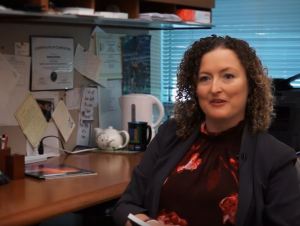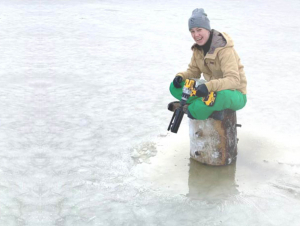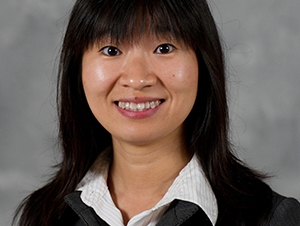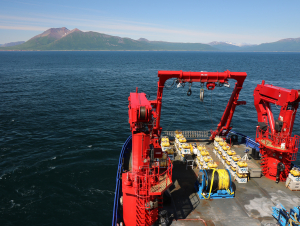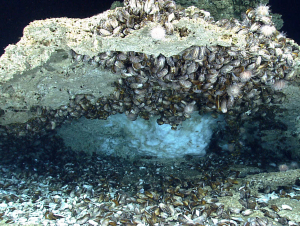To request a media interview, please reach out to experts using the faculty directories for each of our six schools, or contact Jess Hunt-Ralston, College of Sciences communications director. A list of faculty experts is also available to journalists upon request.
Latest News
With a new Scialog grant, Amanda Stockton is studying what roles sea spray aerosols might play, digging into how they may have impacted the evolution of life on Earth, and how they may help us search for life beyond Earth.
Emmy Hughes, a Ph.D. candidate in the School of Earth and Atmospheric Sciences at Georgia Tech has been selected as a recipient of the Achievement Rewards for College Scientists (ARCS) Scholar Foundation award.
Research faculty at the Georgia Institute of Technology now have their own advocacy group. Since 2022, the Research Faculty Advisory Council (RFAC) has increased research faculty engagement and addressed concerns from researchers in the Interdisciplinary Research Institutes (IRIs), joining similar organizations that address such needs in other colleges.
Nga Lee (Sally) Ng, Love Family Professor with joint appointments in the School of Chemical and Biomolecular Engineering and School of Earth and Atmospheric Sciences, is AGU's 2023 Atmospheric Sciences Ascent Award recipient.
Earth and Atmospheric Sciences Professor Samer Naif and Darcy Cordell, a former postdoctoral scholar, have uncovered new findings that could change how scientists view water’s role in preventing — or perhaps encouraging — earthquakes.
In a groundbreaking study, a team of Georgia Tech researchers has unveiled a remarkable discovery: the identification of novel bacterial proteins that play a vital role in the formation and stability of methane clathrates, which trap methane gas beneath the seafloor. These newfound proteins not only suppress methane clathrate growth as effectively as toxic chemicals used in drilling but also prove to be eco-friendly and scalable. This innovative breakthrough not only promises to enhance environmental safety in natural gas transportation but also sheds light on the potential for similar biomolecules to support life beyond Earth.

